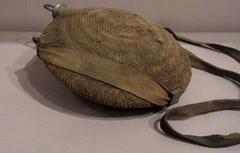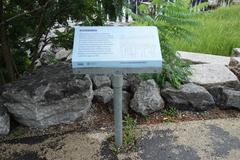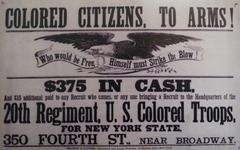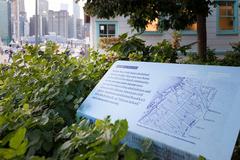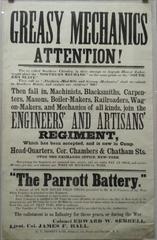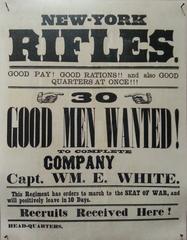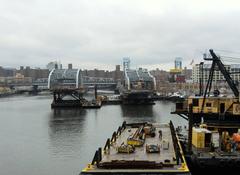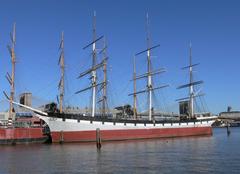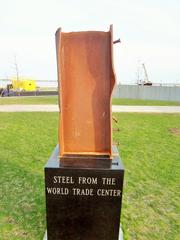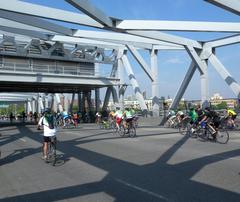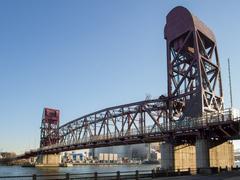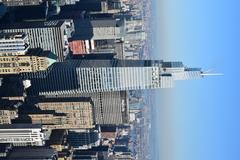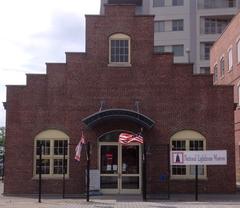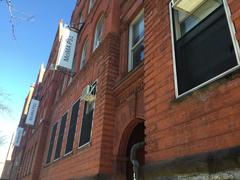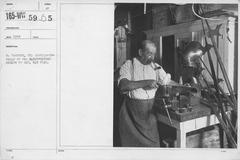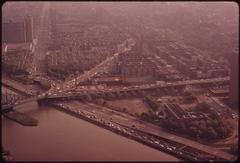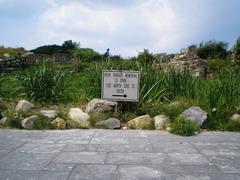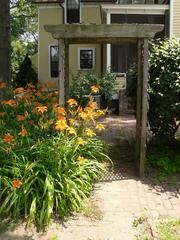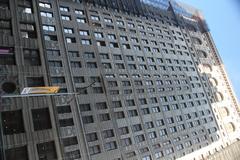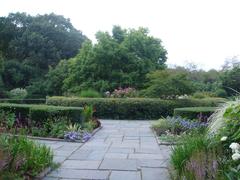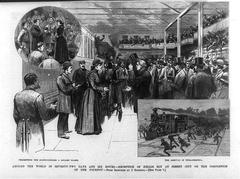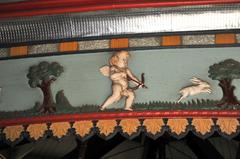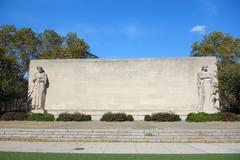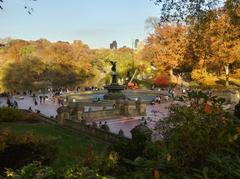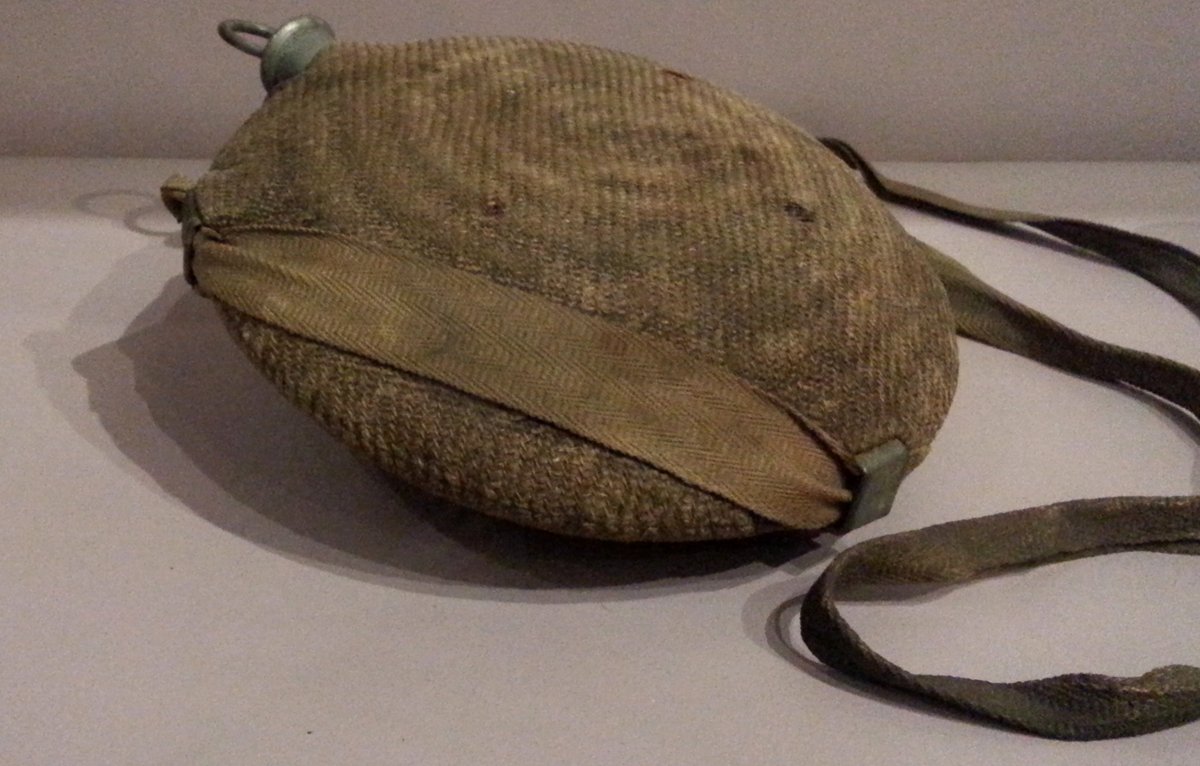
Center for Brooklyn History Visiting Guide: Hours, Tickets, and Tips
Date: 23/07/2024
Introduction
Welcome to the Center for Brooklyn History, an indispensable resource for anyone keen to explore the rich cultural and historical tapestry of Brooklyn. Formerly known as the Brooklyn Historical Society, this institution has been a cornerstone of Brooklyn’s heritage since its founding in 1863. Whether you’re a history buff, a student, or a curious traveler, the Center for Brooklyn History offers a wealth of exhibits, collections, and educational programs that bring the borough’s storied past to life. Housed in a landmark Romanesque Revival building designed by George B. Post, the Center is not just a repository of history but a work of art in itself (NYC Landmarks). In 2020, a strategic merger with the Brooklyn Public Library broadened its reach and resources, making it even more accessible to the public (Brooklyn Public Library). This guide will provide you with all the essential information you need for your visit, including visiting hours, ticket details, and a glimpse into the fascinating history and cultural significance of this vital institution.
Table of Contents
- Introduction
- Origins and Early Development
- Architectural Significance
- Visiting Hours and Tickets
- Expansion and Modernization
- Merger with the Brooklyn Public Library
- Collections and Archives
- Educational Programs and Public Engagement
- Digital Initiatives
- Community Partnerships
- Travel Tips and Nearby Attractions
- Accessibility
- Future Directions
- FAQs
- Conclusion
Origins and Early Development
The Center for Brooklyn History, originally known as the Brooklyn Historical Society, was founded in 1863. Its establishment was driven by a group of prominent Brooklynites who recognized the importance of preserving the borough’s rich history. The society’s initial mission was to collect and preserve materials related to Brooklyn’s history and to make them accessible to the public. The society’s first president, Gabriel Furman, was a notable historian and lawyer who played a crucial role in its early development.
Architectural Significance
The Center for Brooklyn History is housed in a landmark building located at 128 Pierrepont Street in Brooklyn Heights. Designed by architect George B. Post, the building was completed in 1881 and is an excellent example of the Romanesque Revival style. The building’s exterior features intricate terra cotta detailing and a grand entrance, while the interior boasts a stunning library with a skylight and ornate woodwork. The building was designated a New York City Landmark in 1966 and was added to the National Register of Historic Places in 1970 (NYC Landmarks).
Visiting Hours and Tickets
The Center for Brooklyn History is open to the public from Tuesday to Sunday, with visiting hours from 12:00 PM to 5:00 PM. Admission is free for all visitors, although donations are welcomed to help support our programs and exhibitions. Guided tours are available for a small fee, and tickets can be purchased online or at the front desk upon arrival. For more information on ticket prices and tour schedules, please visit our Tickets and Tours page.
Expansion and Modernization
In the late 20th and early 21st centuries, the Brooklyn Historical Society underwent significant expansion and modernization efforts. In 1999, the society launched a major renovation project to restore the historic building and upgrade its facilities. This project included the installation of climate control systems to protect the society’s collections and the creation of new exhibition spaces. The renovation was completed in 2003, and the building was reopened to the public with much fanfare (Brooklyn Historical Society).
Merger with the Brooklyn Public Library
In 2020, the Brooklyn Historical Society merged with the Brooklyn Public Library to form the Center for Brooklyn History. This merger aimed to combine the strengths of both institutions and create a more comprehensive resource for the study and appreciation of Brooklyn’s history. The Center for Brooklyn History now operates as a division of the Brooklyn Public Library, and its collections and programs are accessible through the library’s extensive network of branches (Brooklyn Public Library).
Collections and Archives
The Center for Brooklyn History boasts an extensive collection of materials related to Brooklyn’s history, including manuscripts, photographs, maps, and artifacts. The library’s special collections include over 33,000 books, 1,600 maps, and 300,000 photographs, making it one of the most comprehensive repositories of Brooklyn history in existence. Notable items in the collection include the papers of abolitionist Henry Ward Beecher, the records of the Brooklyn Navy Yard, and a vast array of materials documenting the borough’s diverse communities (Center for Brooklyn History Collections).
Educational Programs and Public Engagement
The Center for Brooklyn History is committed to engaging the public through a variety of educational programs and events. The center offers a range of programs for students, including school tours, workshops, and curriculum resources designed to enhance the study of Brooklyn’s history. Additionally, the center hosts lectures, panel discussions, and exhibitions that explore various aspects of Brooklyn’s past and present. These programs are designed to foster a deeper understanding of the borough’s history and to encourage community engagement (Educational Programs).
Digital Initiatives
In recent years, the Center for Brooklyn History has embraced digital technology to make its collections more accessible to a wider audience. The center’s website features a digital archive where users can explore a vast array of digitized materials, including photographs, maps, and manuscripts. The digital archive is searchable by keyword and includes detailed descriptions of each item, making it a valuable resource for researchers and history enthusiasts alike. Additionally, the center offers virtual tours and online exhibitions that allow users to explore Brooklyn’s history from the comfort of their own homes (Digital Collections).
Community Partnerships
The Center for Brooklyn History collaborates with a variety of community organizations to promote the study and appreciation of Brooklyn’s history. These partnerships include collaborations with local schools, cultural institutions, and historical societies. Through these partnerships, the center is able to reach a broader audience and to provide more comprehensive programming and resources. Notable partnerships include collaborations with the Brooklyn Museum, the Weeksville Heritage Center, and the New York City Department of Education (Community Partnerships).
Travel Tips and Nearby Attractions
When planning your visit to the Center for Brooklyn History, consider exploring nearby attractions to make the most of your trip. Brooklyn Heights is home to several historical sites and cultural landmarks, including the Brooklyn Heights Promenade, the Brooklyn Historical Society, and the Brooklyn Bridge. The area is easily accessible by public transportation, with several subway lines and bus routes serving the neighborhood. Additionally, there are numerous dining options and charming cafes where you can relax and reflect on your visit.
Accessibility
The Center for Brooklyn History is committed to ensuring that all visitors have access to its resources and facilities. The building is wheelchair accessible, and assistive listening devices are available for guided tours and public programs. For more information on accessibility services, please visit our Accessibility page.
Future Directions
Looking ahead, the Center for Brooklyn History aims to continue expanding its collections and programs to better serve the needs of the community. Plans for the future include the development of new exhibitions, the expansion of digital initiatives, and the creation of additional educational resources. The center is also committed to preserving and documenting the history of Brooklyn’s diverse communities, with a particular focus on underrepresented groups. By doing so, the Center for Brooklyn History hopes to ensure that the rich and varied history of Brooklyn is preserved for future generations (Future Plans).
FAQs
Q: What are the visiting hours for the Center for Brooklyn History?
A: The center is open from Tuesday to Sunday, 12:00 PM to 5:00 PM.
Q: How much do tickets cost?
A: Admission is free, but guided tours are available for a small fee. Visit our Tickets and Tours page for more details.
Q: Is the Center for Brooklyn History accessible?
A: Yes, the building is wheelchair accessible, and assistive listening devices are available.
Q: Are there any nearby attractions?
A: Yes, nearby attractions include the Brooklyn Heights Promenade, the Brooklyn Historical Society, and the Brooklyn Bridge.
Conclusion
The Center for Brooklyn History stands as a testament to the rich and diverse heritage of Brooklyn, offering visitors a unique opportunity to delve into the borough’s past while engaging with its present. From its origins as the Brooklyn Historical Society to its current role as a division of the Brooklyn Public Library, the Center has continually evolved to meet the needs of its community. With extensive collections, dynamic educational programs, and robust community partnerships, the Center for Brooklyn History remains an invaluable resource for anyone interested in the history and culture of Brooklyn. Future plans include expanding digital initiatives and developing new exhibitions to ensure that the stories of Brooklyn’s diverse communities are preserved for generations to come. Whether you’re exploring its vast archives, attending a public lecture, or simply enjoying the architectural beauty of its historic building, the Center for Brooklyn History offers a wealth of experiences that enrich our understanding of this vibrant borough (Brooklyn Historical Society, Future Plans).
References
- Explore the Center for Brooklyn History - Visiting Hours, Tickets, and Rich Cultural Heritage, 2024 NYC Landmarks
- Explore the Center for Brooklyn History - Visiting Hours, Tickets, and Rich Cultural Heritage, 2024 Brooklyn Public Library
- Explore the Center for Brooklyn History - Visiting Hours, Tickets, and Rich Cultural Heritage, 2024 Brooklyn Historical Society
- Explore the Center for Brooklyn History - Visiting Hours, Tickets, and Rich Cultural Heritage, 2024 Future Plans
